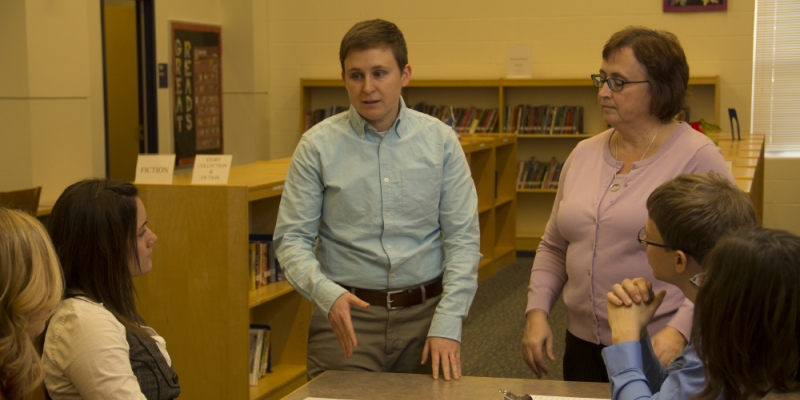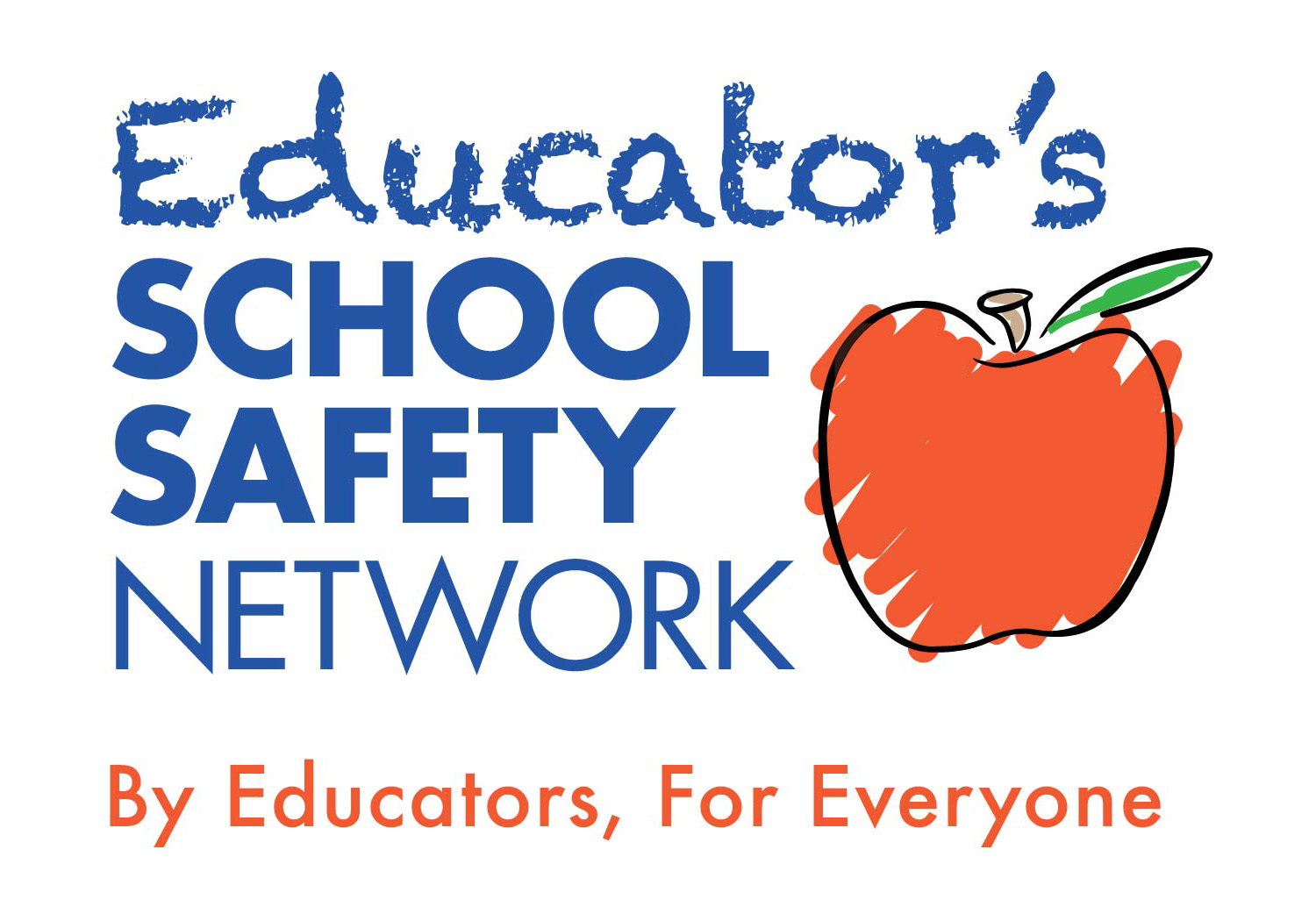While many of us were relaxing on the beach this summer, a fundamental shift took place in school emergency preparedness. In June of 2013, FEMA, DHS, the FBI, and the Department of Education published a Guide for Developing High Quality School Emergency Operations Plans.
Your first response may be, so what? Well, a closer analysis of this lengthy document yields a variety of significant changes in our typical way of doing business in education. This series of blog posts will explore some of these seismic shifts.
Let’s begin by looking at the recommendations of these expert agencies in regards to the overall philosophical outlook of educators regarding school safety and crisis management.
In many schools throughout the United States, the average staff member’s approach to responding to a crisis event is to notify the principal and let him/her handle it. Bitter experience has taught us that this centralized approach is completely ineffective. When all the experience and training of how to respond to a violent event (or for that matter any significant hazard) is concentrated in one individual (the principal), what happens when that individual is killed, injured, or unavailable in the event? The school is left with a staff that doesn’t know what to do.
The Guide for Developing High Quality School Emergency Operations Plans clearly addresses this issue with its recommendations of the three major responsibilities of all school stakeholders:
-
Learn the signs of a potentially volatile situation and ways to prevent an incident.
-
Learn the best steps for survival when faced with an active shooter situation.
-
Be prepared to work with law enforcement during the response.
The question that must be addressed is – how prepared are ANY of the school stakeholders to do these three things? If we are defining stakeholders as teachers, support staff, and students, the critical question remains – are your stakeholders prepared and trained to recognize and prevent violent incidents, survive an active shooter, and not impede a law enforcement response? In most schools, this simply is not the true.
So the first order of business is, once again, training. Rather than spending money on hardware solutions such as metal detectors, surveillance cameras, and the like, you need to commit to investing in your people – providing adequate training to teachers, staff, and students with three key components in mind:
-
Situational awareness and violence prevention
-
Lockdown enhancement implementation
-
Tactical response awareness

